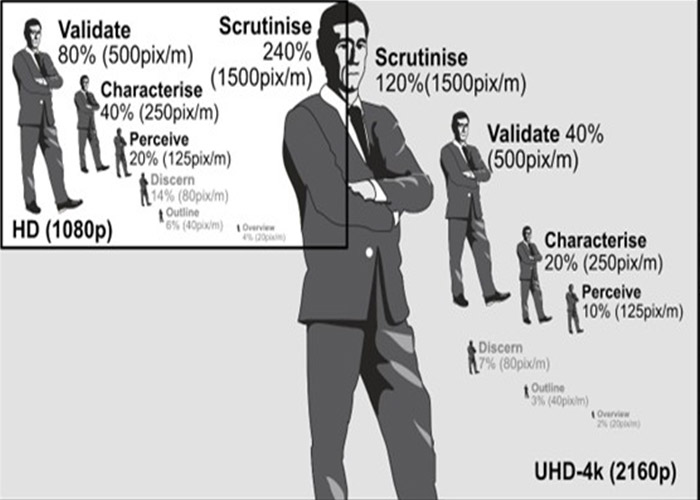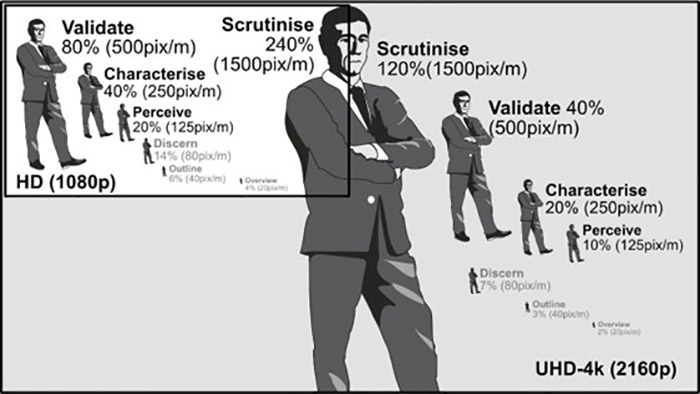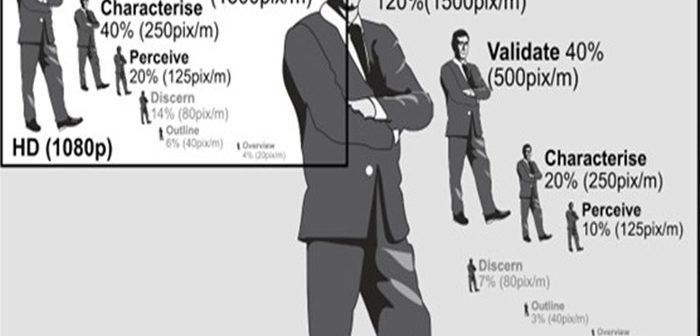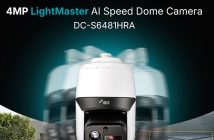
By Michael Meissner, Project Lead of IEC 62676-4:2025 (TC79/WG12)
Head of VSS working group at BHE.de (German Security Association)
As per October 9, 2025, IEC has published the new release of IEC 62676-4, which was originally published in 2014 and describes the application guidelines for video surveillance systems (VSS) for use in security applications.
The IEC 62676-4:2025 is replacing the previous version of IEC 62676-4:2014. In Europe published as EN 62676-4, formerly known as EN 50132-7.

Why a new release?
In recent years, the technical requirements and security needs of video surveillance systems developed rapidly and grown in complexity. Prior to the 2014 edition of application guidelines, the first IEC standards originated from EN 50132-7 in the early 2010s. The 2025 standard update has been revised to reflect these changes.
Some of the most important innovations and improvements in the upcoming IEC 62676-4 are presented below.
The 2014 edition was based on the technology at the time, assuming that a person, who is displayed with 100% of his/her body size on a PAL monitor can be clearly identified. The quality category “identify” was implemented with a defined pixel density of 250 Pixel per meter (equal to 4mm per Pixel). If even considered a Kell-factor, of roughly 0.7, which no longer applies to digital video. The previous standard defined the quality level of “identify” as – “defined functional purpose of a camera to enable identification of an individual beyond reasonable doubt”.
 Recommended minimum sizes for PAL (576-50) resolution with 576 active lines (576i), originated from the analogue standards (IEC 62676-4:2014). The person’s screen height at 100% for face identification was questionable, especially at low light, with noisy video and compression artefacts added, which were not considered during the analogue standards.
Recommended minimum sizes for PAL (576-50) resolution with 576 active lines (576i), originated from the analogue standards (IEC 62676-4:2014). The person’s screen height at 100% for face identification was questionable, especially at low light, with noisy video and compression artefacts added, which were not considered during the analogue standards.
According to leading forensic picture experts at law enforcement authorities, an identification of a person “beyond reasonable doubt” is simply impossible. Even with a DNA sample – which is obviously much more than a video footage – a 100% doubt free identification is not achievable.
What’s new at IEC 62676-4:2025?
1. New Pixel Densities
VSS has made enormous strides, particularly in the area of high-resolution images.
Pixel density, often measured in pixels per meter (pix/m), is a decisive factor in the level of detail an image can provide. The higher the pixel density, the more precise fine details can be recognised – a decisive advantage, particularly for forensic analysis.
All pixel densities have been completely new defined which results into new test charts to prove, that the quality of video footages (live and recorded) does match to the defined operational requirements. In total 7 new pixel densities (quality categories) have been defined as per following table:
| Name category | Pixel Density Pixel/meter | Screen percentage HD | Screen percentage UHD | Test Chart Group | |
| Overview | O2 | 20 | 4% | 2% | LPDO |
| Outline | 40 | 6% | 3% | ||
| Discern | D | 80 | 14% | 7% | |
| Perceive | P | 125 | 20% | 10% |
HPDO |
| Characterise | C | 250 | 40% | 20% | |
| Validate | V | 500 | 80% | 40% | |
| Scrutinise | S | 1500 | 240% | 120% | |
The highest category Scrutinise with its pixel density of 1500 pix/m is derived from the visual quality of international standards for person’s passport photo. The criterion of this category is to identify a person with a ‘probability on certainty’. Also, vehicles license plates can be clearly read (assuming acceptable motion blur), vehicles itself can be recognised by model and year of manufacture.
The category Validate with its pixel density of 500 pix/m has been found to be sufficient for most automatic face recognition software to recognise a person. Known persons can be validated, actions can be traced, vehicle licence plates can be reconstructed (assuming acceptable motion blur).
The category Overview with its pixel density of 20 pix/m has been found to be sufficient for many video analytics to generate alarm on moving objects in distances (e.g. perimeter detection or border control application, etc.).
The following illustration shows the screen percentage occupied by an average adult (1.7m height) for all newly defined pixel densities for HD (1080p) and UHD (4K) display formats:

HD and UHD screen percentages occupied by various categories

New test-chart HPDO

New test-chart LPDO
2. Security Concept
Furthermore, the new standard requires a security concept as a basis for planning a VSS. The security concept shall include the VSS as part of a three-pronged security strategy which consist of
- Structural-mechanical measures
- Electronic measures
- Organisational measures
The structure of the security concept should follow the sequence of hazard assessment, risk assessment which then results into definition of risk treatments. This should help to better define the security gradings of VSS and support end users/operators in the planning and installation of secure video surveillance systems.
3. Operation
The operation of a VSS is newly defined and on a comparable level to other security systems, such like fire/alarms/access which ensures, that from standard point-of-view, the operational procedures are relatively similar among all installed security systems.
The new standard defines 3 new level of professionals to operate with a VSS:
- Instructed person
- Competent person VSS
- Competent system engineer VSS
All 3 levels are clearly defined and assigned to the different phases of planning, installing, commissioning and operating a VSS.
Operation of VSS is split into maintenance (preventive/corrective/improvements) and at-site visual checks and contains also extensive check lists for visual inspections, functional checks and service checks.
4. Security Grading and critical infrastructure requirements
This standard, in Annex D (informative), presents guidelines/recommendation, of how to apply security grades. Among others, it contains easy to understand tables in order to recommend security grades by either size-view (number of cameras) or application-view (list of various applications, including extensive list for critical infrastructure).
It is already planned for the next revision of this standard in about 5 years, to give directive requirements for critical infrastructure.
These are the most important changes in the new released standard. There are many other minor changes to make the standard more clear and complete. The new IEC 62676-4 will be an important step forward for the entire VSS industry. It offers a comprehensive basis for the planning, installation and operation of VSS. The adjustment of pixel densities and the implementation of security concepts will help to ensure that the VSS provide reliable and forensically important detailed information even under demanding conditions.
Is it a perfect standard now? Maybe not, as all standards are continually evolving. And there are certainly more addressable fields which can be considered during the upcoming revisions. This release took more than 4 years to be completed and its now internationally accepted – especially by all countries with high VSS camera density.
Feedback from industry stakeholders (such like associations, law enforcement, market players and many more) is seamlessly positive and it can be expected that quality of installed video surveillance systems will be further improved to the benefit of end users and operators.





